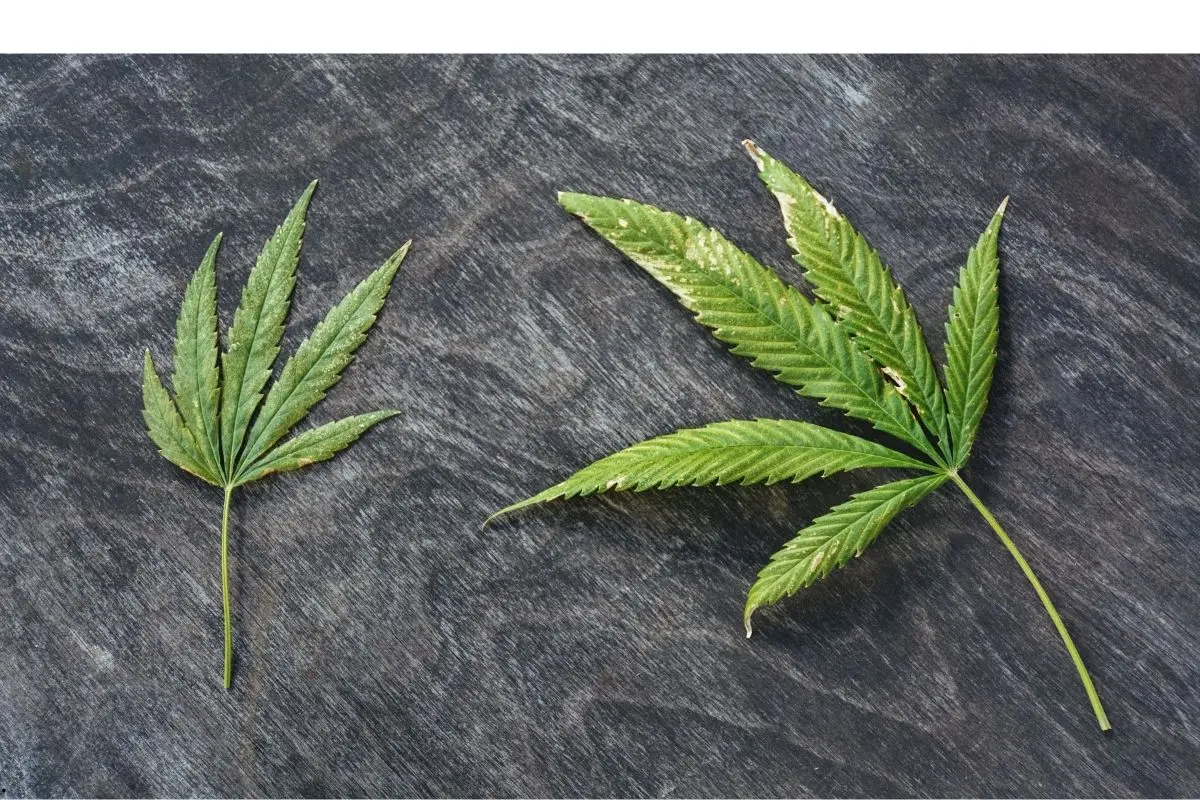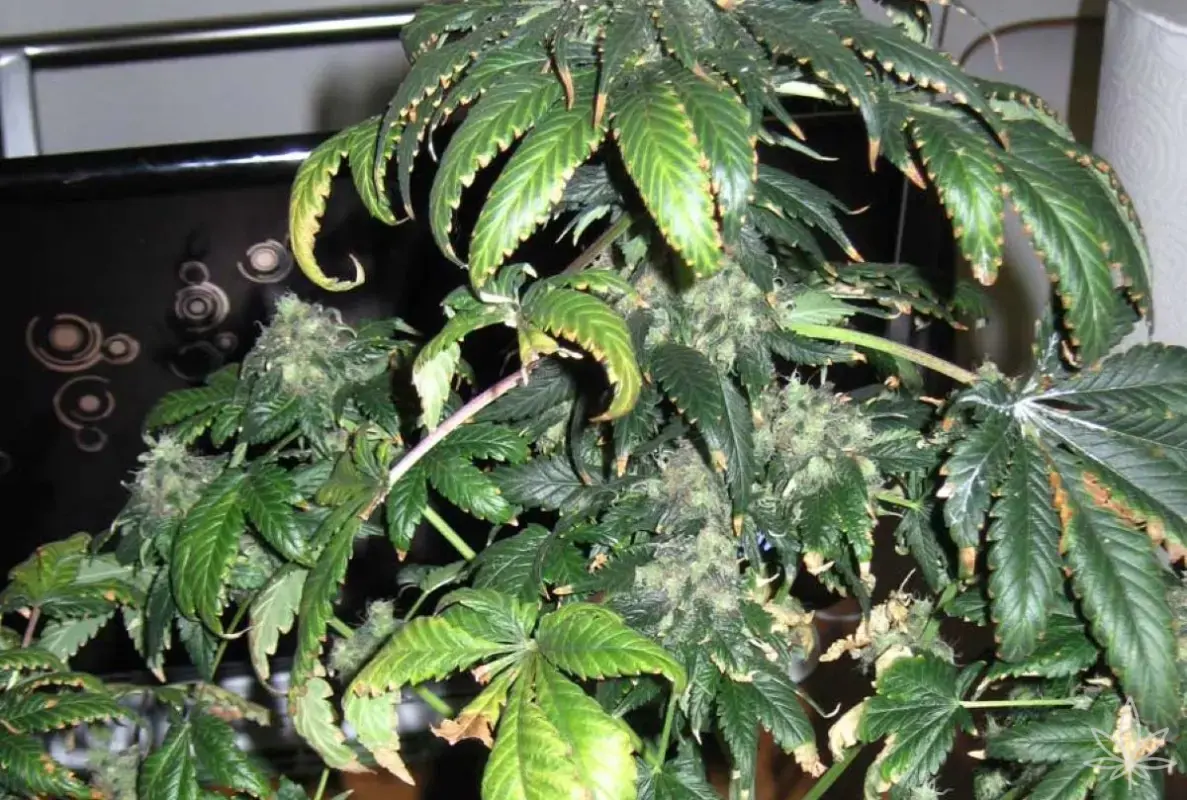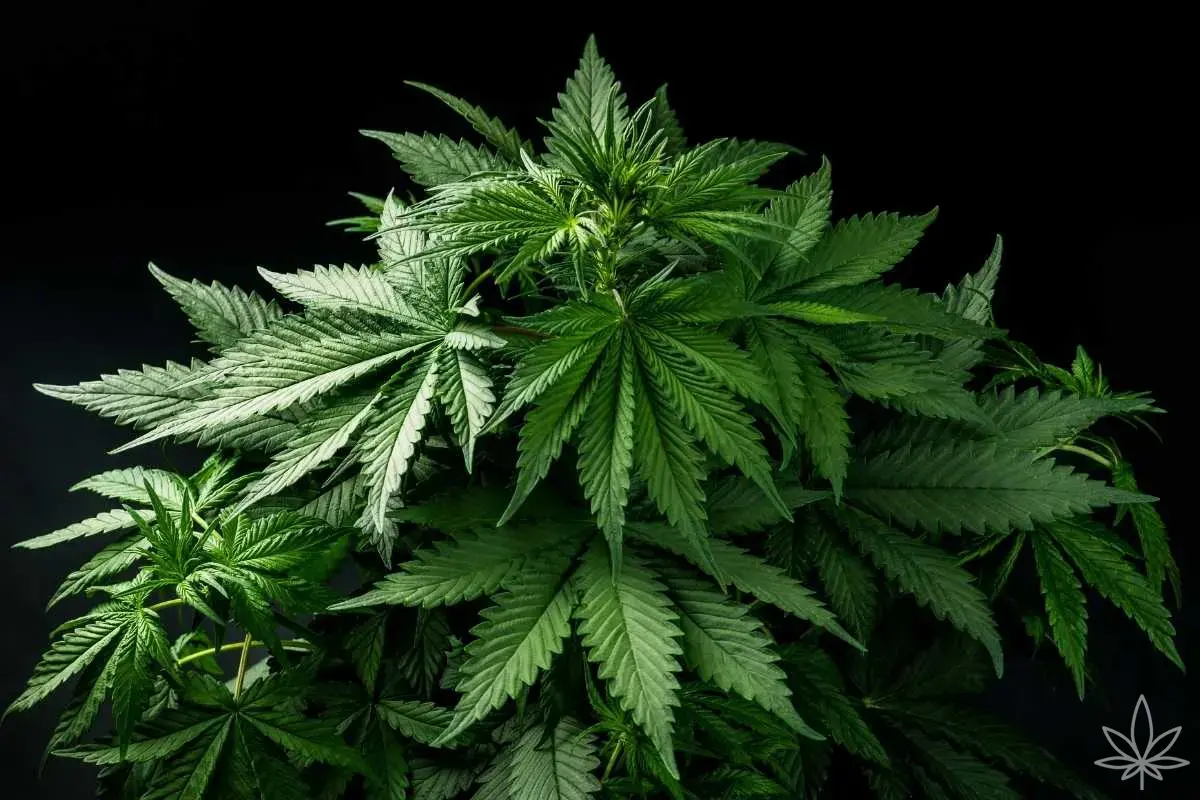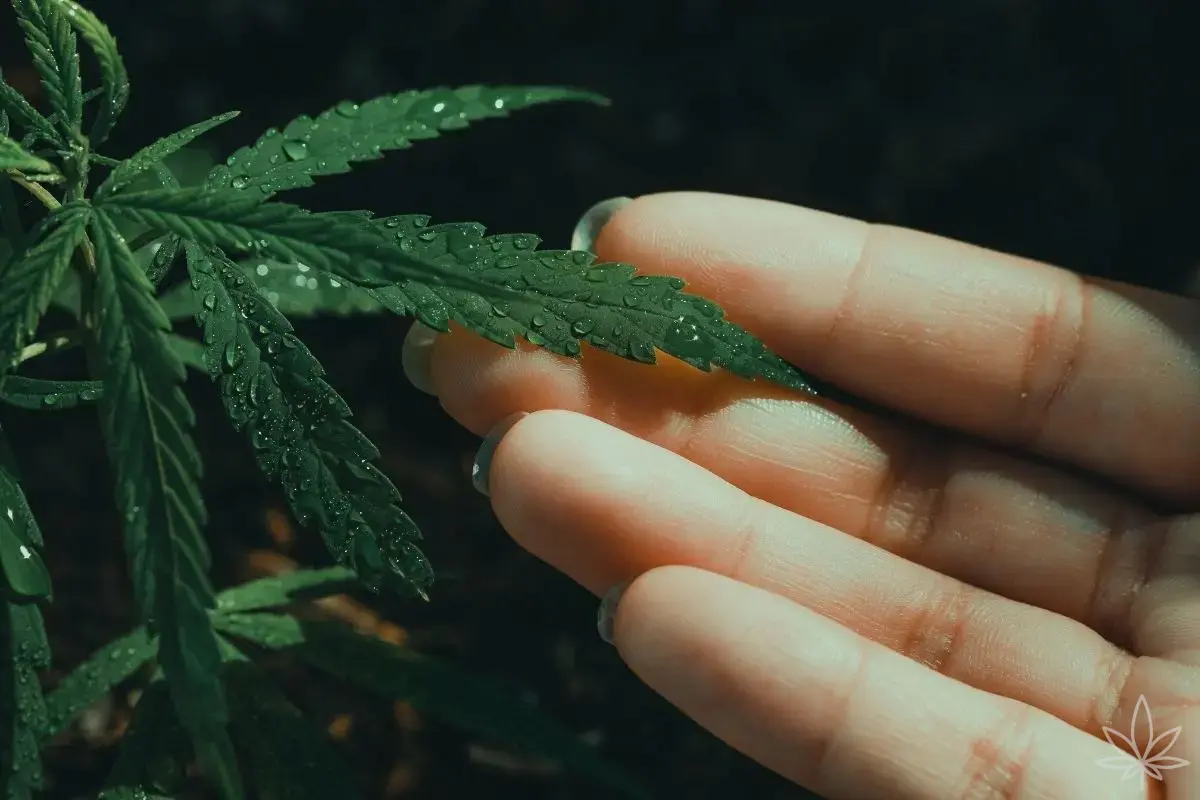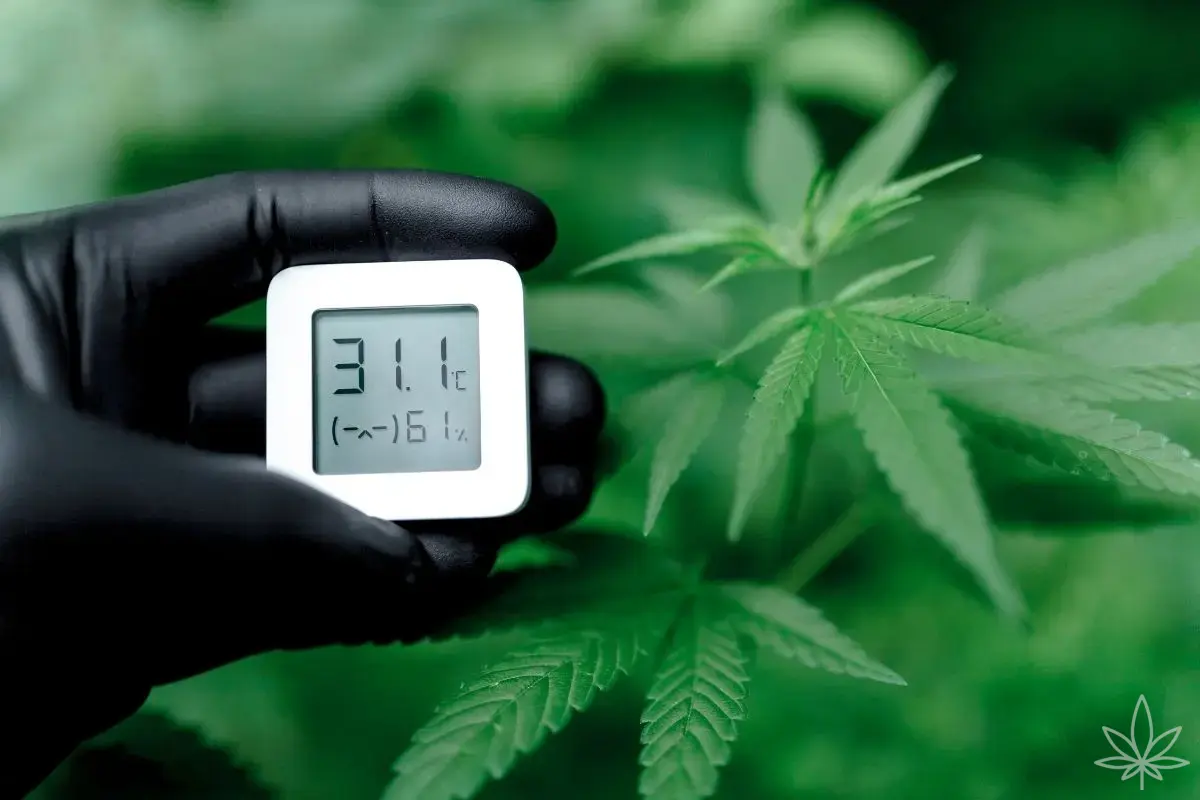Anyone who’s grown cannabis for more than one season knows the feeling: you step into the grow room and find that telltale milky-white powder on a few leaves. It’s not dust, and it’s not leftover soil – it’s powdery mildew. Easy to recognize, a pain to eradicate. Left unchecked, this sneaky disease can knock down photosynthesis, slow plant growth, and ruin the quality of your buds, all in just a few weeks.
What is it and where does it come from?
Powdery mildew is a group of fungi from the Erysiphaceae family. Their spores ride air currents, sticking to leaf surfaces and germinating whenever the conditions are right: warm temps, humid air, and stagnant airflow. Wet leaves aren’t even required; just elevated humidity and poor circulation. That’s why this disease pops up in dense outdoor gardens and cramped indoor tents alike.
The first signs: how to tell mildew from ordinary dust?
At first, you’ll just see small, chalky white specks. Wipe them with your finger and they vanish—only to return the next day. Soon the spots merge into larger patches, leaf edges start to yellow, and the blades curl upward. At its worst, the white fuzz spreads to petioles and new shoots. On dense-bud strains, it can even infect colas, hurting aroma and final bag appeal fast.
What actually limits risk (and why)?
Keep relative humidity in check. 50–60% in veg, 40–50% is safer in flower. Nighttime temp drops = condensation = trouble.
Gentle, constant airflow. You want two levels: overall air exchange (intake + exhaust) and just enough movement over the canopy to prevent still air.
Plant structure matters. Prune smart and defoliate enough to get light and air deep into the canopy. A dense leaf mass is powdery mildew’s best friend.
Smart watering. Water right before lights turn on or in the morning outdoors—high night humidity is an open invitation for mildew.
Cleanliness counts. Clean your filters, wipe down surfaces, sterilize tools; the spores love hitching a ride on clothing.
Already seeing the white stuff? What to do (and what to avoid):
The worst move is to shrug it off as “just a few spots.” Both biological and classic contact methods can work—but the key is regular treatments and dialing in your environment.
Biological (gentler for the grow):
Milk spray 1:10 (milk:water) – spray every 3–4 days for two weeks. Proteins and lactoferrin in milk inhibit the mildew.
Bacillus subtilis / B. amyloliquefaciens – microbial sprays colonize the leaf surface, outcompeting the pathogen.
Horsetail/garlic extract, horticultural oils (neem, paraffin-based) – direct contact action; only use with lights off and never during heatwaves.
Potassium bicarbonate (KHCO₃) – quickly raises pH at the leaf surface, knocking back the infection.
Classic treatments (effective, but use wisely):
Sulfur (wettable/colloidal) – the standard for mildew; never combine with oils (wait at least 2 weeks between) and avoid in late bloom.
Systemic fungicides (triazoles, strobilurins) can be effective, but their legal use on cannabis may be restricted—check your local laws and pre-harvest intervals.
Safety first: Spray only with lights off, use good masking/eye/hand protection, and keep ventilation high. Two lighter sprays are better than one harsh “mega-dose.”
Quick 7-day action plan (practical steps):
Day 0 – inspection and hygiene. Remove heavily infected leaves (don’t compost inside!), wipe down surfaces, clean filters. Adjust humidity and boost airflow.
Day 1 – contact treatment. Spray with potassium bicarbonate + wetting agent (cover both sides of leaves!).
Day 3 – biological backup. Spray Bacillus (per label) or milk solution, alternating with KHCO₃.
Day 5 – repeat. Seeing new mildew? Respray with KHCO₃; if things look better, maintain with Bacillus.
Day 7 – reassess. No improvement? In veg, you might try sulfur. In late flower, stick with biologicals and climate control—don’t risk residues on buds.
Quick reference (what works best, and what to avoid):
| Situation in Grow | Use First | Avoid |
|---|---|---|
| Early spots in veg | KHCO₃ + Bacillus + defoliation | Using sulfur + oils together |
| Early flower, humid weather | KHCO₃ / Bacillus, more airflow | Heavy oil sprays in high heat |
| Late flower (pre-harvest) | Gentle biology, selective pruning | Sulfur, long-withdrawal chems |
| Dense canopy, poor airflow | Selective thinning, dual fans | “Wind tunnel” straight at buds |
Why does this work?
Powdery mildew lives only on the leaf surface—you’re not “curing” the whole plant, you’re changing the conditions on the leaf and in its microclimate: raise surface pH (bicarbonate), occupy space with beneficial bacteria (Bacillus), break the spore cycle (sulfur), and above all take away its moisture and still air. If your environmental game is strong, sprays are just the final nudge.
In summary
Powdery mildew isn’t the end of the world, but it is a test of discipline. Growers who control humidity, maintain air movement, and aren’t shy with pruners rarely see it—and if they do, it’s brief. Those hoping it’ll just “go away” are giving the fungus exactly what it wants: time.
Environment and cleanliness first, treatments second, and repeated applications over any “miracle spray.” That’s all it takes for white mildew to turn from a headache into just another minor box to check on your grow diary.

